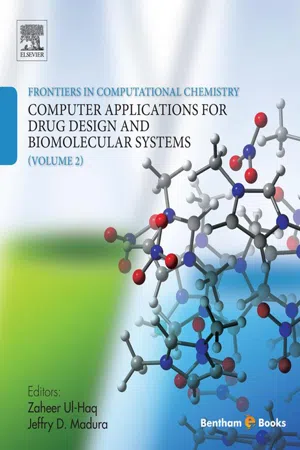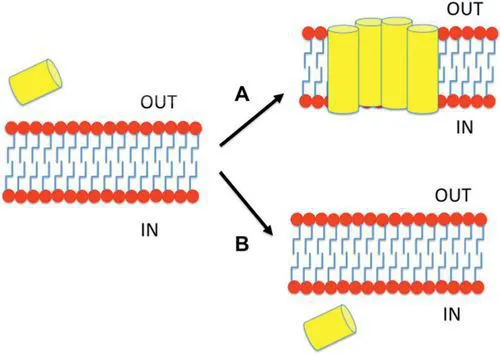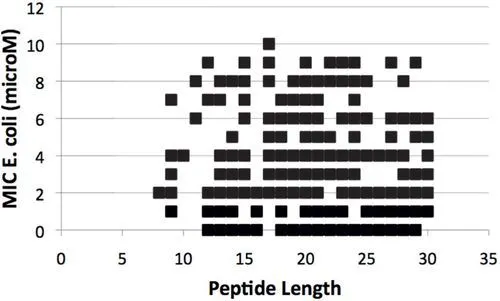
Frontiers in Computational Chemistry: Volume 2
Computer Applications for Drug Design and Biomolecular Systems
- 444 pages
- English
- ePUB (mobile friendly)
- Available on iOS & Android
Frontiers in Computational Chemistry: Volume 2
Computer Applications for Drug Design and Biomolecular Systems
About This Book
Frontiers in Computational Chemistry, originally published by Bentham and now distributed by Elsevier, presents the latest research findings and methods in the diverse field of computational chemistry, focusing on molecular modeling techniques used in drug discovery and the drug development process. This includes computer-aided molecular design, drug discovery and development, lead generation, lead optimization, database management, computer and molecular graphics, and the development of new computational methods or efficient algorithms for the simulation of chemical phenomena including analyses of biological activity. In Volume 2, the authors continue the compendium with nine additional perspectives in the application of computational methods towards drug design. This volume covers an array of subjects from modern hardware advances that accelerate new antibacterial peptide identification, electronic structure methods that explain how singlet oxygen damages DNA, to QSAR model validation, the application of DFT and DFRT methods on understanding the action of nitrogen mustards, the design of novel prodrugs using molecular mechanics and molecular orbital methods, computational simulations of lipid bilayers, high throughput screening methods, and more.
- Brings together a wide range of research into a single collection to help researchers keep up with new methods
- Uniquely focuses on computational chemistry approaches that can accelerate drug design
- Makes a solid connection between experiment and computation, and the novel application of computational methods in the fields of biology, chemistry, biochemistry, physics, and biophysics
Frequently asked questions
Information
The Use of Dedicated Processors to Accelerate the Identification of Novel Antibacterial Peptides
2 Departamento de Matemáticas, Facultad de Ciencias, Universidad Nacional Autónoma de México. Cd.Universitaria, 04510 México, D.F. México
3 Subdirección de Epidemiología Hospitalaria y Control de Calidad de la Atención Médica, Instituto Nacional de Ciencias Médicas y Nutrición Salvador Zubirán, Vasco de Quiroga 15, Col. Sección XVI 14000 D.F. México
* Department of Biochemistry and Structural Biology, Instituto de Fisiología Celular, Universidad Nacional Autónoma de México, México DF, México [email protected]
Abstract:
Introduction
Antibacterial Peptides


Table of contents
- Cover image
- Title page
- Table of Contents
- Copyright
- Preface
- List of Contributors
- Chapter 1: The Use of Dedicated Processors to Accelerate the Identification of Novel Antibacterial Peptides
- Chapter 2: Computational Chemistry for Photosensitizer Design and Investigation of DNA Damage
- Chapter 3: How to Judge Predictive Quality of Classification and Regression Based QSAR Models?
- Chapter 4: Density Functional Studies of Bis-alkylating Nitrogen Mustards
- Chapter 5: From Conventional Prodrugs to Prodrugs Designed by Molecular Orbital Methods
- Chapter 6: Structural and Vibrational Investigation on a Benzoxazin Derivative with Potential Antibacterial Activity
- Chapter 7: First Principles Computational Biochemistry with deMon2k
- Chapter 8: Recent Advances in Computational Simulations of Lipid Bilayer Based Molecular Systems
- Chapter 9: Data Quality Assurance and Statistical Analysis of High Throughput Screenings for Drug Discovery
- Subject Index